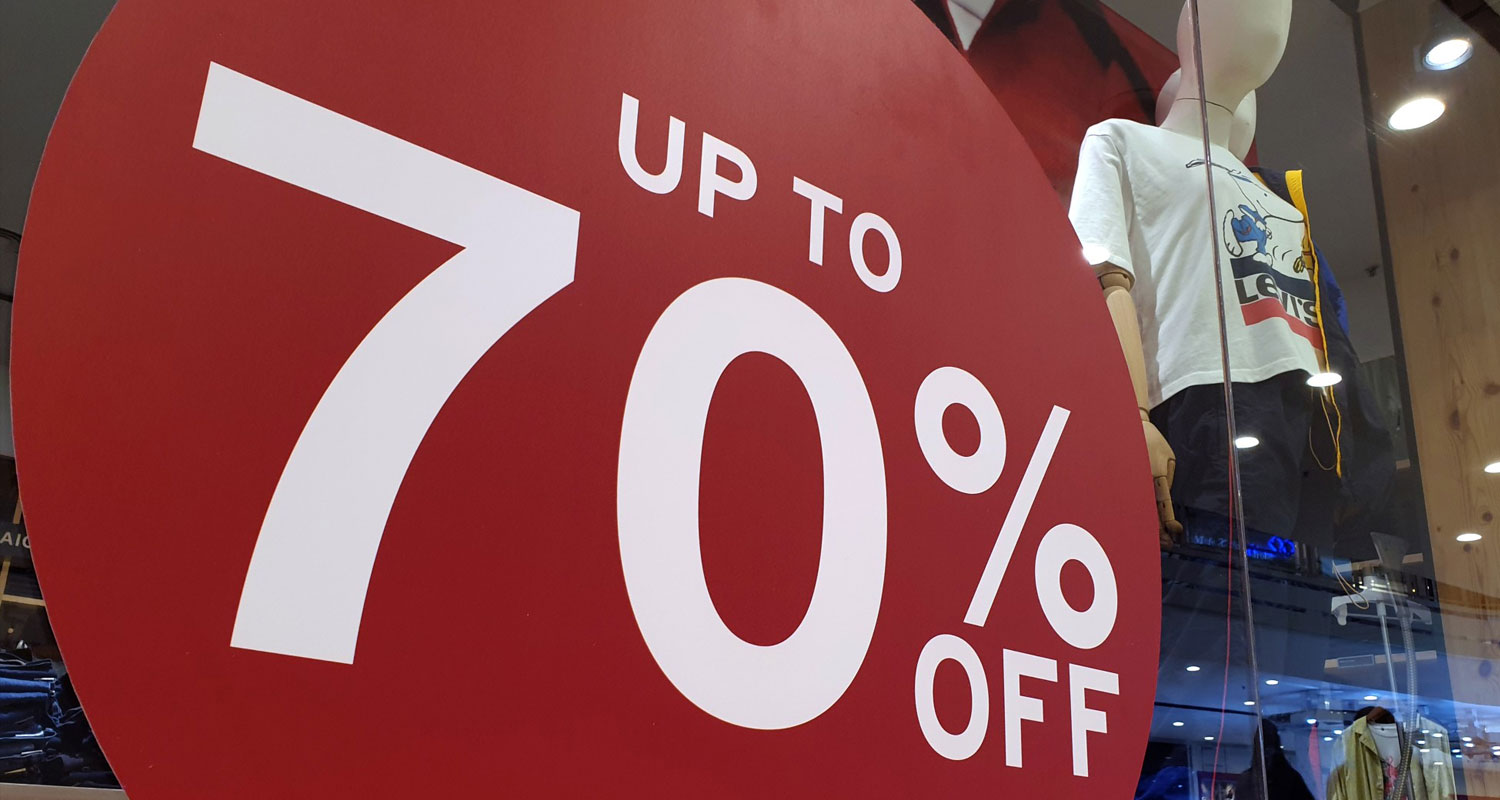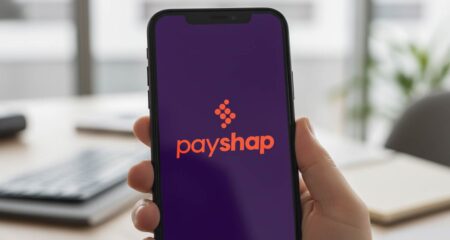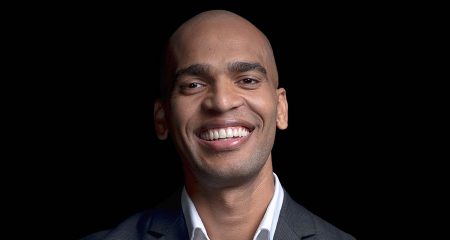 The “buy now pay later” (BNPL) model is fast gaining traction in South Africa and companies offering the service appear to be thriving.
The “buy now pay later” (BNPL) model is fast gaining traction in South Africa and companies offering the service appear to be thriving.
Bruce McIntosh, CEO of Payflex – which claims it owns about 60% of the market – said the industry has seen 100% year-on-year growth as the category becomes more mainstream, expanding from its roots on e-commerce platforms and into brick-and-mortar retail stores.
“With rising inflation and interest rate increases, South African consumers are looking to maintain their lifestyles without the exorbitant fees imposed on them by traditional credit providers,” McIntosh said in e-mail correspondence with TechCentral.
“Average order values typically increase by up to 30% with a BNPL checkout, exemplifying the consumer mindset towards buying more items, or more expensive items that they may not typically buy if they had to use a payment solution that charged interest.”
Today’s digital BNPL solutions, typically offered by fintech companies, are 21st-century versions of traditional lay-by or lay-away options offered in brick-and-mortar retail outlets since the Great Depression of the 1930s.
With BNPL, items can be purchased by paying a portion of the total amount, usually around 25%, at checkout. The BNPL platform pays the balance of the purchase amount to the merchant, allowing the customer to receive the goods immediately. The customer then pays the balance owed to the BNPL platform in three or four interest-free weekly or monthly instalments.
Fees
Merchants pay BNPL platforms a fee for each payment processed. Benefits for the merchant are two-fold: firstly, BNPL solutions help increase sales volumes by making out-of-reach items more affordable for customers in the same way that access to traditional credit options do. However, not all customers qualify for or even want credit.
Secondly, BNPL options gives customers the ability to upgrade their purchases, opting for higher-value items with larger profit margins for retailers.
According to McIntosh, Payflex has processed more than R7.5-billion worth of transactions since its inception six years ago, but it is not the only business thriving off BNPL.
Read: Pick n Pay to let consumers buy smartphones and TVs on credit
In its interim results for the first half of 2024, published earlier this week, Home Choice subsidiary Weaver Fintech – which houses the group’s BNPL offering, PayJustNow – said it made R73-million in BNPL fees in the six months to 30 June 2024. This represents a rise of more than 150% from the same period in 2023 when PayJustNow made R29-million in fees.
The industry is poised for growth with more service providers entering the market. Digital challenger bank TymeBank offers a BNPL solution called MoreTyme, and in March BNPL start-up Float raised US$11-million from Standard Bank.
 Credit history plays an important role in determining the creditworthiness of BNPL applicants and the amounts they qualify for. But once a customer builds up a profile on a BNPL platform, their repayment behaviour becomes the most significant contributing factor to their scoring and how much credit they can access.
Credit history plays an important role in determining the creditworthiness of BNPL applicants and the amounts they qualify for. But once a customer builds up a profile on a BNPL platform, their repayment behaviour becomes the most significant contributing factor to their scoring and how much credit they can access.
BNPL platforms make use of data, analytics and machine learning tools to build sophisticated customer profiles, enabling them to better understand consumer spending habits and offer credit tailored to individual needs.
McIntosh said there are different customer types who use BNPL products, each with their own behavioural patterns. Some customers use BNPL solutions to make purchases multiple times a month. On Payflex, this segment represents some 40% of the customer base.
“There are other customer segments that use their full credit facility once every six months to buy particularly expensive items. Across the board, we see an average of 12 transactions per customer annually, but customer behaviour is unique – some shop conservatively but frequently, and others leverage the full spending power but less frequently,” said McIntosh.
BNPL has gained popularity in both developing and developed markets. The US, the UK, Germany, Brazil and India are some of the largest BNPL markets globally. Following the economic downturn of 2008, there has been a shift in consumer attitudes towards credit, with younger generations – especially generation Z – preferring to be more conservative in their borrowing.
Growth
“The BNPL market has grown exponentially – both globally and locally – and is expected to continue to grow at a rate similar to the retail sector in general. The South African economy has been relatively slow, but mild economic growth is anticipated over the next five years, with investment into infrastructure that should support retail growth. Inflation is also expected to stabilise, resulting in a more relaxed consumer who is open to spending,” said McIntosh. – © 2024 NewsCentral Media




